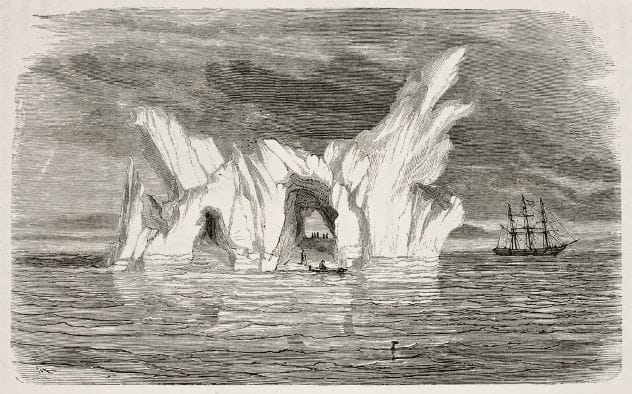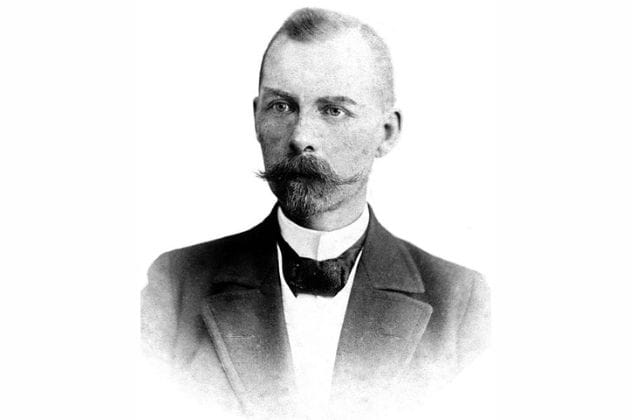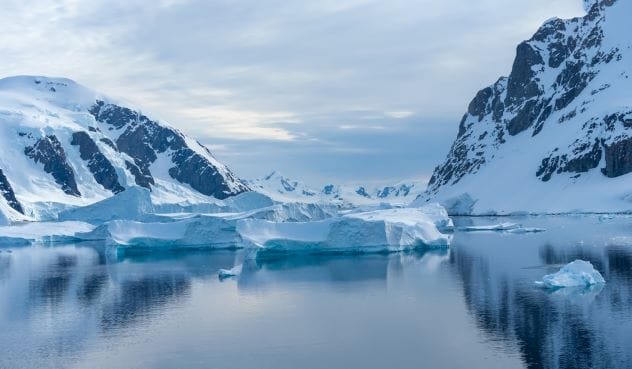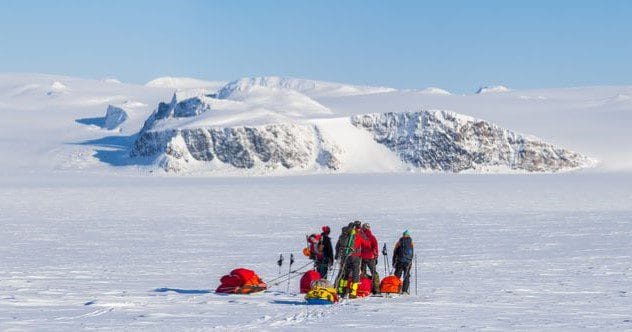The Arctic and Antarctic, with their icy landscapes, hold an enduring allure. Yet, for every successful expedition, there are stories of explorers who vanished, their fates sealed by the unforgiving polar environments. Driven by the pursuit of discovery, these adventurers faced extreme conditions, and many never returned. Here are the stories of 10 polar adventurers who met tragic ends in their quests.
10. James Knight

In the 18th century, James Knight, a trader for the Hudson’s Bay Company, became fascinated by tales of a “yellow metal” (gold) shared by Canadian First Nations people. At 70, Knight launched an expedition with the ships Discovery and Albany to find this gold in the Canadian Arctic. The expedition never returned. In 1991, divers discovered the wrecks of Knight’s ships at the bottom of Hudson Bay, but the details of the crew’s demise remain a mystery.
9. John Franklin
John Franklin, a seasoned English Royal Navy officer, harbored a deep fascination with the Arctic. In 1845, he led an expedition to chart the Northwest Passage. After a stop in Greenland, Franklin and his 160-man crew disappeared. The British Navy launched a massive search, but it wasn’t until 170 years later that the shipwrecks of Franklin’s vessels, the Terror and the Erebus, were discovered in the Canadian Arctic, revealing the tragic end of his quest.
8. Eduard Von Toll

Born in Estonia in 1858, Eduard Von Toll developed a passion for science. In 1900, he embarked on a Russian Polar Expedition to find Sannikov Land, an island believed to exist in the Arctic Ocean. After enduring harsh winters, Toll grew impatient and ventured out with a sled and kayak to continue the search alone. He was never seen again, and subsequent search parties failed to find any trace of the explorer.
7. Robert Falcon Scott
Captain Robert Falcon Scott of the British Royal Navy aimed to reach the South Pole. After a successful initial expedition in 1901, Scott launched a second attempt in 1912. Due to a communication failure, his base camp didn’t send the needed dog teams. Scott and his team were stranded without rescue or supplies. A recovery team later found Scott and his companions frozen to death in their tent.
6. Vladimir Rusanov

Vladimir Rusanov, a Russian explorer, led an expedition to Novaya Zemlya in 1909. In 1912, he was assigned to another expedition to the South Pole. Setting sail from Polyarnyy, Rusanov had a successful summer of fieldwork. He sent three team members back to Russia to report their findings. The remaining ten set sail for the Pacific Ocean. They were never seen again after sending a telegram outlining their plans in 1912.
5. Hugh Willoughby
Hugh Willoughby, an English Royal Navy member, embarked on a naval expedition in 1553 to discover the Northeast Passage through the Arctic. Willoughby was given three ships. A storm separated the fleet in August 1553. One ship reached the White Sea, but Willoughby’s ships and crews vanished without a trace, marking a devastating end to their mission.
4. George W. De Long
George Washington De Long, an American explorer, led an ill-fated Arctic expedition in 1881 under the U.S. Navy. De Long aimed to reach the North Pole, sailing from San Francisco on the USS Jeannette. The ship became trapped in pack ice, forcing the crew to abandon ship with provisions and lifeboats. The lifeboats separated, and De Long reportedly died of exposure and starvation, along with many of his men.
3. Georgy Brusilov

Georgy Brusilov, a Russian explorer, set out in 1912 to chart the Northern Sea Route between the Atlantic and Pacific Oceans. The ship quickly became trapped in ice, forcing the crew to spend the winter waiting for the thaw. As summer approached, the boat remained stuck, and Brusilov fell ill. Crew members attempted to reach home by walking south, but Brusilov and many others went missing. In 2010, explorers found belongings, including a logbook detailing the crew’s fate.
2. Belgrave Edward Ninnis
Belgrave Edward Ninnis was part of the Australasian Antarctic Expedition in 1911, which aimed to explore the Antarctic coast. While the expedition achieved its goals, tragedy struck when Ninnis fell into an ice crevice and disappeared. Rescue attempts failed.
1. S. A. Andrée
S. A. Andrée attempted to explore the North Pole via hot air balloon in 1897. The untested balloon leaked upon arrival in Sweden. Andrée and his two co-pilots set out from Svalbard, but the balloon lost hydrogen and crashed into the icepack. Stranded in the Arctic with limited supplies, the explorers perished on a deserted island. Their remains and last camp were discovered in 1930, solving the mystery of their disappearance.
These stories of polar explorers serve as stark reminders of the dangers inherent in pushing the boundaries of human exploration. Driven by ambition, these men ventured into the unknown, leaving behind legacies marked by both courage and tragedy. Their sacrifices continue to fascinate and remind us of the power and unpredictability of nature.
What did you find most interesting about these ill-fated voyages? Leave your comment below!










